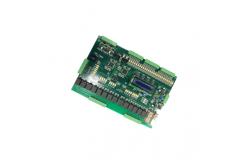Immersion Gold OSP One Stop PCB Assembly Assemblability PCB Carbon Ink
|
|
Immersion Gold + OSP One Stop PCB Assembly Assemblability Carbon Ink
One-Stop PCB Assembly Description: 1. Quick-turn and flexible delivery
The creator of PCB is the Austrian Paul Eisler, who first used printed circuit boards in radios in 1936. In 1943, Americans mostly used this technology in military radios, and in 1948, the United States officially recognized this invention for commercial use. Printed circuit boards have only been widely used since the mid-1950s. Printed circuit boards are found in almost every electronic device. If there are electronic parts in a device, they are all mounted on PCBs of various sizes. The main function of the PCB is to make various electronic components form the connection of the predetermined circuit, which plays the role of relay transmission. It is the key electronic interconnection of electronic products and is known as the "mother of electronic products". |
||||||||||||||||
| Product Tags: assemblability One Stop PCB Assembly OSP One Stop PCB Assembly Assemblability Assemblability PCB Carbon Ink |
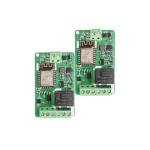
|
0.3oz -12oz One Stop PCB Assembly With FR4 PCB Turnkey Solutions |
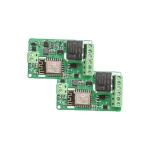
|
2.4mil Fast Turn Printed Circuit Board Assembly Turnkey Solutions |
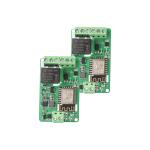
|
RCC PTFE TU862 One Stop PCB Assembly Fast Turn FR4 PCBs Manufacturing |
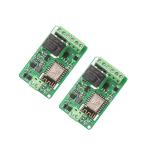
|
High Tg FR4 Prototype PCB Assembly Streamline Your PCB Production |
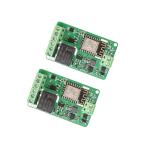
|
FR4 One Stop PCB Assembly FPC Board Manufacturing Services |
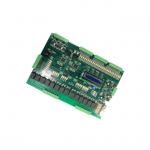
|
Immersion Gold OSP One Stop PCB Assembly Assemblability PCB Carbon Ink |

